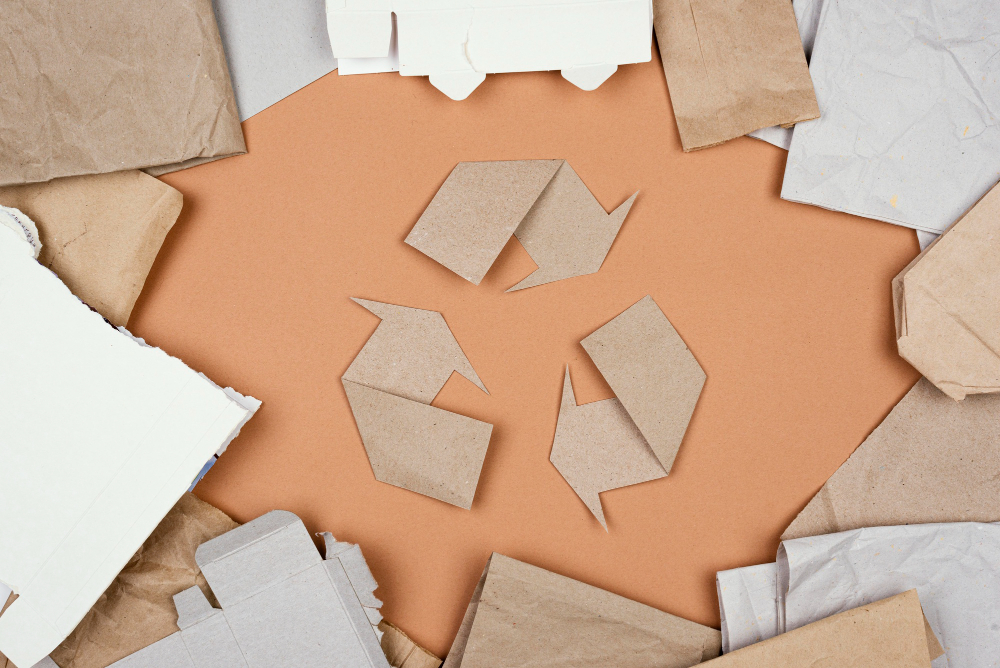#TechTipTuesday: What is the difference between virgin pulp fibre and recycled fibre?
Paper-based materials are gaining in popularity for durable, versatile packaging solutions that present numerous benefits from both a sustainability and performance perspective.
Materials can contain either virgin or recycled pulp fibre. Here are the main differences between the two:
Sourcing
Virgin pulp fibre is obtained directly from forests through either chemical or mechanical pulping. Following a process regulated by strict environmental guidelines, trees are harvested from forests specifically cultivated for the purpose. Recycled fibre (or secondary fibre), on the other hand, is derived from post-consumer or post-industrial waste.
Manufacturing
To create virgin pulp fibre, wood chips harvested from fast-growing softwoods such as pine, spruce, or fir are processed through chemical pulping (in most cases, either kraft pulping or sulfite pulping) in order to separate the fibres and create a pulp slurry. The latter is then washed in order to remove any chemical residue and in some cases bleached in order to obtain the desired brightness and consistency. The pulp is then dewatered and further processed into rolls or sheets, depending on the intended application.

When it comes to recycled fibre, used paper, cardboard, and other paper-based products are collected and sorted prior to processing. Materials are shredded and mixed with water to create a slurry that is cleaned to remove contaminants such as inks, coatings and adhesives. They are then refined in order to improve the quality of the final product and bleached if required, followed by dewatering and further processing into rolls and sheets.
End product
When it comes to quality of the final product, virgin pulp fibre offers higher strength, purity and durability than recycled fibre, which has been weakened through previous use and recycling processes. This makes virgin pulp more suitable for certain end-use products such as medical packaging applications and the food industry. Recycled fibre can also have some residual coloration from previously used inks and dyes, giving it a less uniform colour.
Sustainability
The question of which fibre lends itself better to a circular economy is complex. Virgin pulp fibre involves the harvesting of trees, which can have a negative impact on local communities and ecosystems if not sourced from sustainably managed forests. However, responsible forestry has a positive impact on the environment, notably by inciting landowners to maintain forestlands instead of turning them over to developers. Added to this, virgin fibre must enter the supply chain in order to continue to produce recycled fibre.
Want to know more about the processes and base materials behind our packaging products? Don’t hesitate to drop us a line.